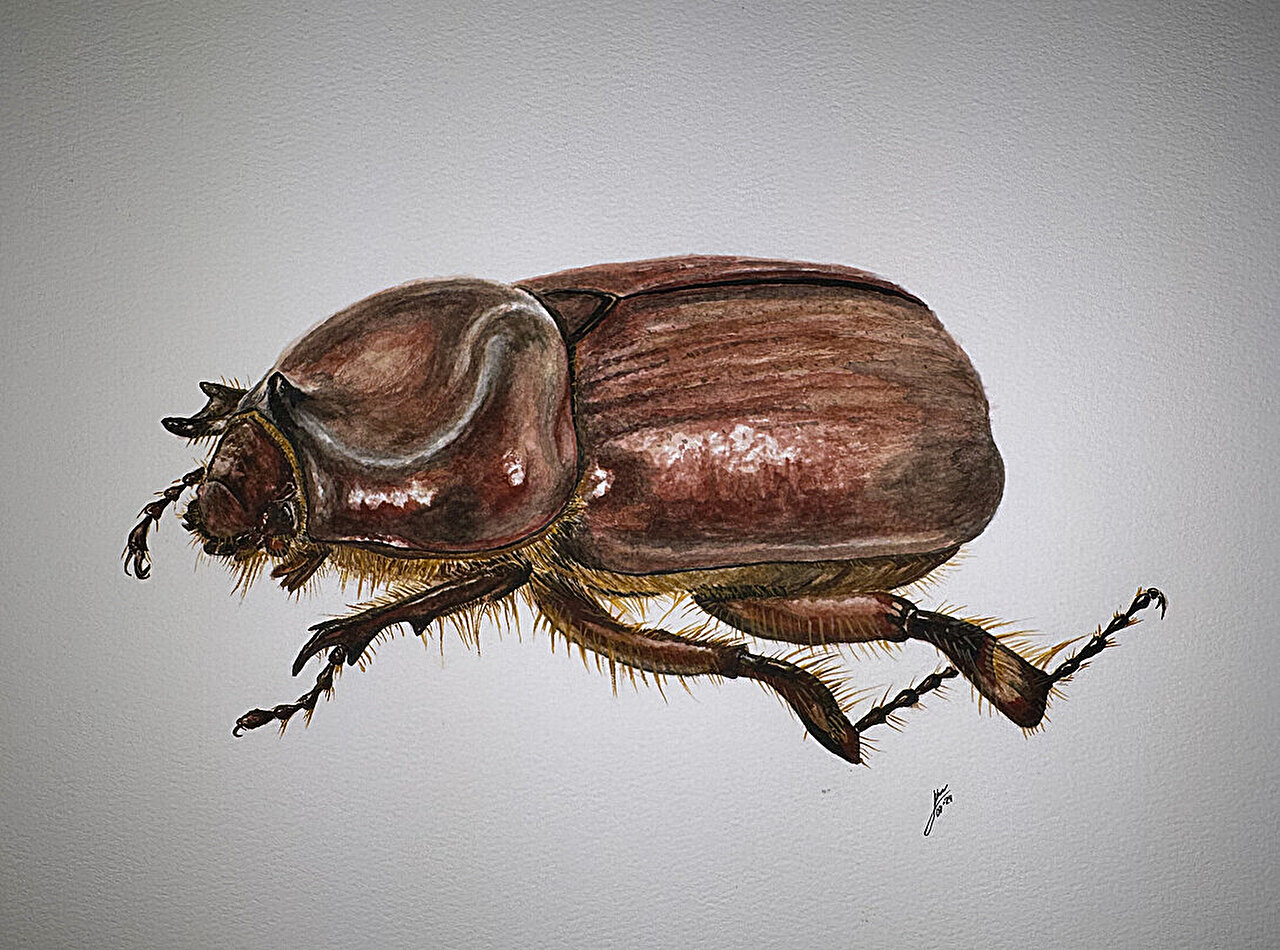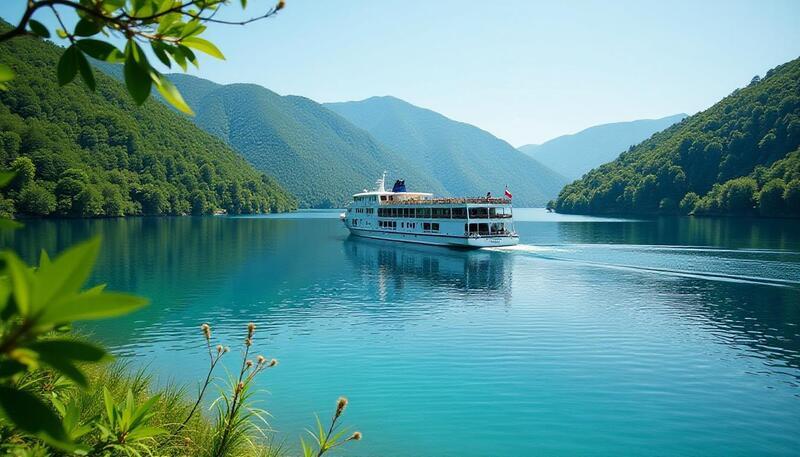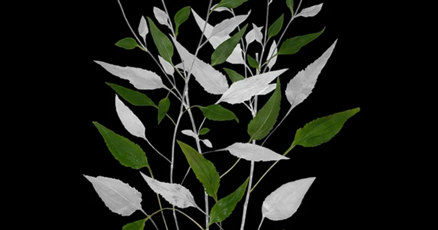
SALAMANCA — Come to the Ohi:yo’ Art Market this Saturday at the Seneca Allegany Resort and Casino to celebrate Native American resiliency through art and culture. The event is free and open to all from 10 a.m. to 5 p.m. Presented by the Onöhsagwë:de’ Cultural Center and Visit Seneca Nation at the casino’s event center, the art market will allow visitors to experience a juried art show featuring the fine works of approximately 50 Native American artists from nations all across the United States and Canada. Before the public event, an artist will be awarded a $7,000 Best of Show prize. The day’s events will also include Hodinöhsö:ni’ social dancing at noon and 2 p.m., a plant sale by the Seneca Nation’s Gakwi:yo:h Farms, programming by the Seneca Language Department as well as a multi-faceted children’s area and a demonstration space called Dwahšönih, which means “we make it together.” Dwahšönih is an interactive pop-up family area focused on Haudenosaunee cultural-arts-based learning for all ages. Visitors will work alongside artists and makers from the community to make objects to contribute to a larger piece of art that will evolve throughout the day. Cornhusk flowers will slowly form a wreath. Splints added by different visitors will come together to create a basket. Sewn squares will become a quilt and individual paintings will join together to make a mural, while everyone can enjoy eating traditional foods. The central area of the structure will create a safe space for the smallest guests to play and explore while being encircled by artwork of cornhusk dolls dancing eskanye, as imagined by Randee Spruce. Facilitators include artists and makers Angie Ferguson, Bernadette Scott, Chandra Maracle, Cheryl Graham, Courtlyn Jones, Dan Hill, Holly John, Kira Bloxsom, Lauren Jimerson, Leeora White and Marissa Manitowabi. “When the Seneca Nation of Indians opened the Onohsagwe:de’ Cultural Center in 2018, part of our vision was to utilize the center as a true hub where we could celebrate and continue to grow public awareness of Native culture and traditions on a larger scale,” said Seneca Nation President Rickey Armstrong, Sr. “The Ohi:yo’ Art Market is an exciting step along that path.” Hayden Haynes, director of the Onöhsagwë:de’ Cultural Center, said organizers hope the new juried art market will become an annual event that will blossom into a leading destination for years to come. “We want Native artists and our friends and neighbors from near and far to come together and join us in Ohi:yo’,” he said. “By sharing our creativity and works with one another, we can celebrate Native culture and resiliency through artistic expression.” The Ohi:yo’ Art Market builds on the success of a juried art competition show, established in 2018, which the Seneca Nation hosted for Haudenosaunee artists. By inviting all native artists to attend and participate, organizers hope to develop the market as one of the premier art markets in the northeast. Haynes said those shows were competitions while this new Ohi:yo’ Art Market event is more about Native American artists coming from all over to sell their art. He said, “In a lot of ways the competition is an incentive from not only a monetary standpoint but also from a recognition standpoint. “Part of the mission of the cultural center is to create a major Native American art market in the northeast because there really isn’t anything like that here for all Native American people,” he continued. “Out west, they have the Santa Fe Indian Market in New Mexico, the Heard Museum Guild Indian Fair & Market in Phoenix, Arizona, and all those big shows that people come from all over the world to see. So, we are basically trying to establish a major art market in the northeast.” Because the northeast doesn’t have Santa Fe and Phoenix weather, Haynes said the best option is to utilize the event center at the casino. He said it’s a beautiful space to have the art market, rain or shine. The Seneca Allegany Resort and Casino is located at 777 Seneca Allegany Boulevard in Salamanca. For information, visit senecamuseum.org or call (716) 945-1760.
SALAMANCA — Come to the Ohi:yo’ Art Market this Saturday at the Seneca Allegany Resort and Casino to celebrate Native American resiliency through art and culture. The event is free and open to all from 10 a.m. to 5 p.m.
Presented by the Onöhsagwë:de’ Cultural Center and Visit Seneca Nation at the casino’s event center, the art market will allow visitors to experience a juried art show featuring the fine works of approximately 50 Native American artists from nations all across the United States and Canada. Before the public event, an artist will be awarded a $7,000 Best of Show prize.
The day’s events will also include Hodinöhsö:ni’ social dancing at noon and 2 p.m., a plant sale by the Seneca Nation’s Gakwi:yo:h Farms, programming by the Seneca Language Department as well as a multi-faceted children’s area and a demonstration space called Dwahšönih, which means “we make it together.”
Dwahšönih is an interactive pop-up family area focused on Haudenosaunee cultural-arts-based learning for all ages. Visitors will work alongside artists and makers from the community to make objects to contribute to a larger piece of art that will evolve throughout the day. Cornhusk flowers will slowly form a wreath. Splints added by different visitors will come together to create a basket. Sewn squares will become a quilt and individual paintings will join together to make a mural, while everyone can enjoy eating traditional foods.
The central area of the structure will create a safe space for the smallest guests to play and explore while being encircled by artwork of cornhusk dolls dancing eskanye, as imagined by Randee Spruce. Facilitators include artists and makers Angie Ferguson, Bernadette Scott, Chandra Maracle, Cheryl Graham, Courtlyn Jones, Dan Hill, Holly John, Kira Bloxsom, Lauren Jimerson, Leeora White and Marissa Manitowabi.
“When the Seneca Nation of Indians opened the Onohsagwe:de’ Cultural Center in 2018, part of our vision was to utilize the center as a true hub where we could celebrate and continue to grow public awareness of Native culture and traditions on a larger scale,” said Seneca Nation President Rickey Armstrong, Sr. “The Ohi:yo’ Art Market is an exciting step along that path.”
Hayden Haynes, director of the Onöhsagwë:de’ Cultural Center, said organizers hope the new juried art market will become an annual event that will blossom into a leading destination for years to come.
“We want Native artists and our friends and neighbors from near and far to come together and join us in Ohi:yo’,” he said. “By sharing our creativity and works with one another, we can celebrate Native culture and resiliency through artistic expression.”
The Ohi:yo’ Art Market builds on the success of a juried art competition show, established in 2018, which the Seneca Nation hosted for Haudenosaunee artists. By inviting all native artists to attend and participate, organizers hope to develop the market as one of the premier art markets in the northeast.
Haynes said those shows were competitions while this new Ohi:yo’ Art Market event is more about Native American artists coming from all over to sell their art. He said, “In a lot of ways the competition is an incentive from not only a monetary standpoint but also from a recognition standpoint.
“Part of the mission of the cultural center is to create a major Native American art market in the northeast because there really isn’t anything like that here for all Native American people,” he continued. “Out west, they have the Santa Fe Indian Market in New Mexico, the Heard Museum Guild Indian Fair & Market in Phoenix, Arizona, and all those big shows that people come from all over the world to see. So, we are basically trying to establish a major art market in the northeast.”
Because the northeast doesn’t have Santa Fe and Phoenix weather, Haynes said the best option is to utilize the event center at the casino. He said it’s a beautiful space to have the art market, rain or shine.
The Seneca Allegany Resort and Casino is located at 777 Seneca Allegany Boulevard in Salamanca. For information, visit senecamuseum.org or call (716) 945-1760.












